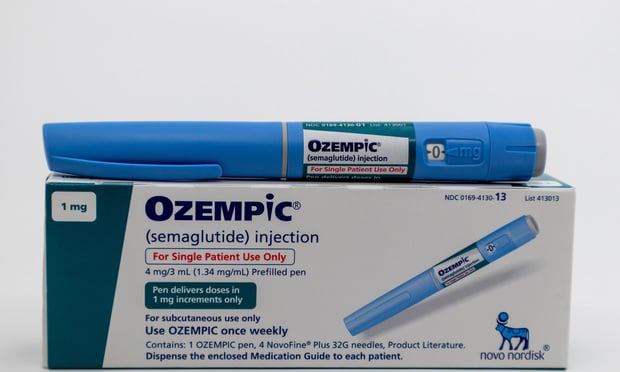 People have been depositing checks for years on their phones, so why wouldn't they pay medical bills on them? (Photo: Shutterstock)
People have been depositing checks for years on their phones, so why wouldn't they pay medical bills on them? (Photo: Shutterstock)
Under intense pressure to cut costs, insurers are aggressively moving to embrace digital solutions in health care.
Major insurer Anthem recently unveiled a new app that will allow patients to pay medical bills, schedule visits and conduct all manner of medical business that may otherwise require a lengthy conversation with an operator (human or robot).
The app will also include an artificial intelligence-powered chatbot that will essentially function as a much more sophisticated version of WebMD. It will suggest conditions in response to symptoms patients enter. Patients can follow up with a doctor by text.
Related: Insurance chatbots need to walk before they run
The app will be available to those who aren't on Anthem plans. The insurer sees the app not only as a means to reduce costs for its current members, but as an asset that might attract future customers.
“We want to be able to expand access to care and help with navigation, and we want to do it for all consumers, not just Anthem members,” Rajeev Ronanki, Anthem's chief digital officer, tells the Wall Street Journal. “Clearly, this is an opportunity to innovate on the business model.” People have been depositing checks for years on their phones, so why wouldn't they pay medical bills on them?
The answer likely lies in the fact that the health care industry, sometimes for good reasons relating to privacy concerns and patient safety, moves slower than other industries in adopting digital technology.
Beyond encouraging patients to opt for telemedicine options, some insurers are experimenting with cheaper plans that are tied to the use of telemedicine.
Humana offers a lower-premium plan that provides its members with equipment, such as blood pressure cuffs, that transmits their vital information to their primary care physician. By monitoring that data, the doctor can identify a patient who should come in for a visit, potentially heading off an expensive medical condition. It also reduces the number of unnecessary visits.
These strategies don't work without the participation of health care providers. Fortunately, doctors, clinics and hospitals have dramatically increased their support for telemedicine, even though it continues to account for a minuscule portion of all medical claims. A study by FAIR Health, a nonprofit that oversees a database of private medical claims, found that from 2014 to 2018, the “use of non-hospital-based provider-to-patient telehealth grew 1,393 percent, from 0.007 percent to 0.104 percent of all medical claim lines.”
Read more:
- Can apps slay the medical bill dragon?
- Digging deeper: Health data mining platforms surge ahead
- Hospitals and health systems too slow In responding to consumer demands
Complete your profile to continue reading and get FREE access to BenefitsPRO, part of your ALM digital membership.
Your access to unlimited BenefitsPRO content isn’t changing.
Once you are an ALM digital member, you’ll receive:
- Breaking benefits news and analysis, on-site and via our newsletters and custom alerts
- Educational webcasts, white papers, and ebooks from industry thought leaders
- Critical converage of the property casualty insurance and financial advisory markets on our other ALM sites, PropertyCasualty360 and ThinkAdvisor
Already have an account? Sign In Now
© 2025 ALM Global, LLC, All Rights Reserved. Request academic re-use from www.copyright.com. All other uses, submit a request to [email protected]. For more information visit Asset & Logo Licensing.








